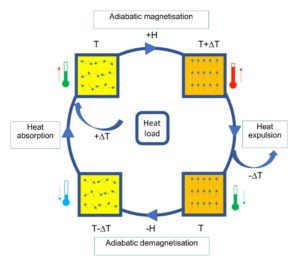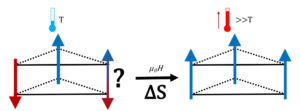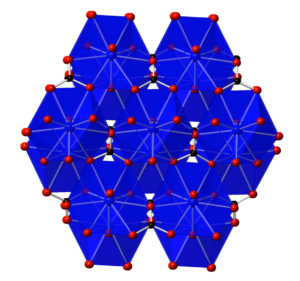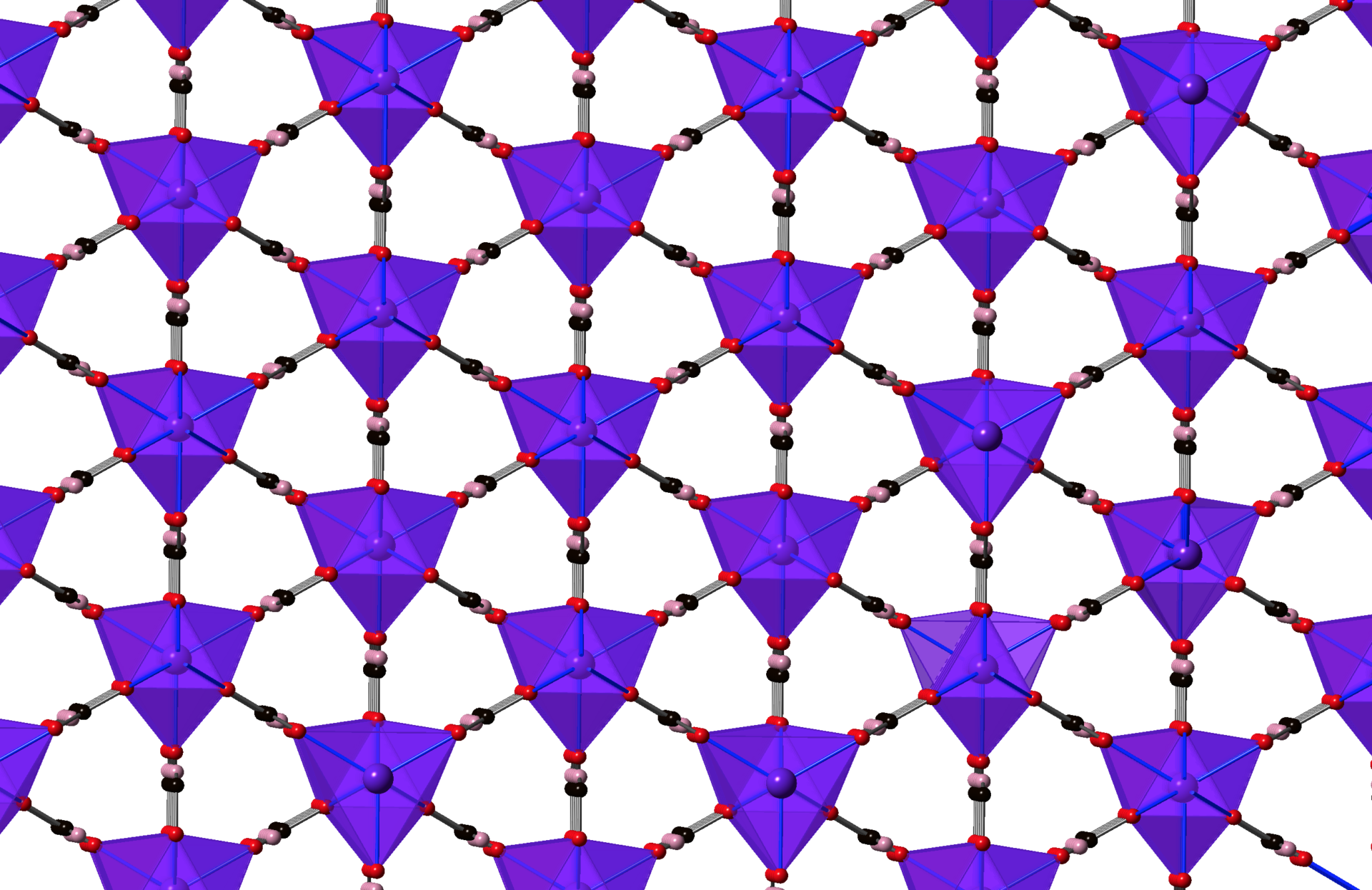Optimising magnetocalorics for efficient solid state cryogenic cooling will reduce our dependence on scarce liquid helium for technologies key to clean energy, medical imaging and quantum computing. Our group is currently being funded by the Engineering and Physical Sciences Research Council (EPSRC) to utilise the structural flexibility of coordination frameworks to tune magnetic interactions to develop optimised magnetocalorics for cryogenic refrigeration.
Refrigeration is central to modern society by making hot climates habitable, preserving food, and facilitating medical scanners and quantum computing. Over a tenth of Britain’s electricity is estimated to be used for cooling with cryogenic refrigeration, which provides temperatures close to absolute zero (0 K), crucial to modern economies. Cryogenic cooling to and below 20 K is key to enabling hydrogen liquification for clean energy, MRI-based medical scanning, quantum computing and infrared astronomical observation. Solid state cooling based on caloric materials promises higher energy efficiencies than current technologies based on fluid refrigerants and do not suffer from the inevitable escape of their active components as gases, such as scarce and expensive liquid helium used for cryogenic applications.
Caloric refrigerants rely on a change in entropy, a measure of the universe’s tendency to disorder, in response to external stimuli. In magnetocalorics, the cooling process is driven by applied magnetic fields. This has advantages, including high cyclability compared to other calorics, as these materials do not tend to deteriorate when exposed to magnetic fields. Magnetocalorics have been known for over a century, but their use has mostly been restricted to refrigeration at ultra-low temperatures, measured in milli-kelvins, and with very large magnetic fields, limiting their application. Developing magnetocalorics that work at higher temperatures and under lower magnetic fields will enable magnetisation based cryogenic cooling with greater efficiency than alternative cooling technologies enabling us to greatly decrease dependence on liquid helium.

The magnetocaloric cycle, in which the disorder of spins in a paramagnet when an applied magnetic field is removed leads to an entropically driven cooling process
This project is systematically optimising new magnetocalorics for desired cryogenic temperatures by tuning their magnetic interactions. This achieves large entropy changes for small magnetic field changes at key operating temperatures. Magnetocalorics with strong interactions within chains of magnetic ions and weaker competing interactions between chains appear particularly suited to replace liquid helium. A good example of this are ferromagnetic chains, in which magnetic spins aligned in the same direction are preferred, packed in a triangular lattice with antiferromagnetic interchain coupling, where it is preferable for the spins in neighbouring chains to be aligned in opposite directions. Antiferromagnetic triangular lattices cannot mutually satisfy all interactions between chains but if the interchain coupling is weaker then it can be readily suppressed by an applied magnetic field, yielding an excellent magnetocaloric response.

Materials with ferromagnetically coupled chains packed in frustrated antiferromagnetic lattices give among the best performance as magnetocalorics. This is because their 1D units align readily with the applied magnetic field once the weaker interactions between chains are suppressed by the applied magnetic field.
We are utilising this recent discovery by developing coordination framework magnetocalorics. This new class of materials have enormous freedom to optimise their properties due to their very flexible compositions and structures enabled by the range of magnetic cations and polyatomic ligands they can be built from. We are systematically investigating how these magnetocalorics are best optimised for use above 4 K by tuning the extent of competing interactions between units with strong magnetic coupling and modifying the dimensionality of the strongly coupled units.

Structure of DyOHCO3, a promising magnetocaloric material with ferromagnetic zig-zag chains packed in a distorted triangular lattice with antiferromagnetic coupling between chains.
We are collaborating with researchers from the Quantum Matter Group at the Cavendish Laboratory, University of Cambridge to determine the maximum cooling capacity and power of the best magnetocaloric frameworks uncovered. This key information will enable us to establish their utility in practical cooling devices, which will be demonstrated by incorporation into a prototype magnetocaloric refrigerator. Understanding gained from this project will enable development of precise design rules for tailored magnetocaloric properties in future materials.
